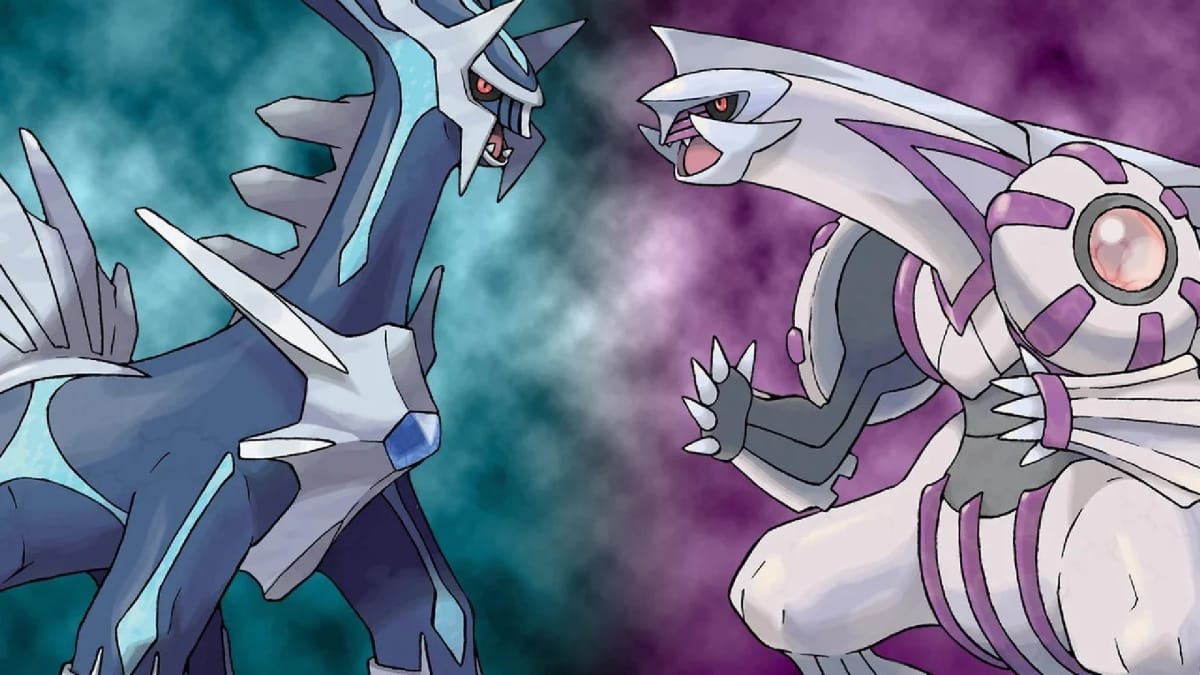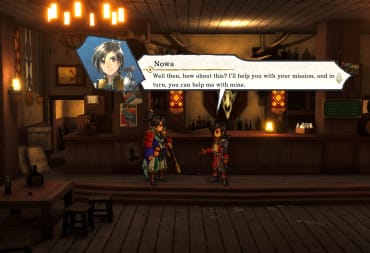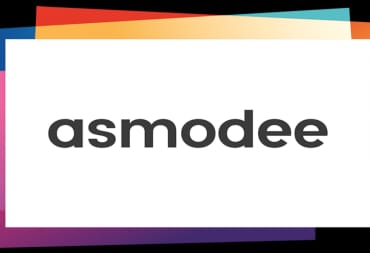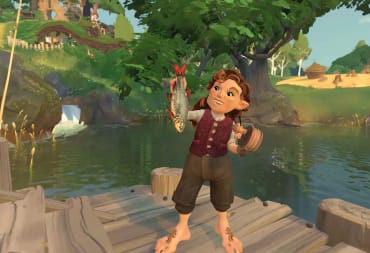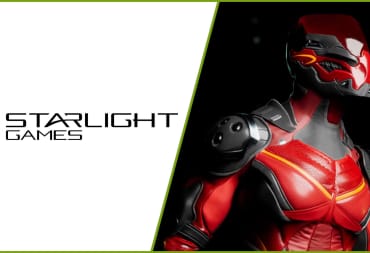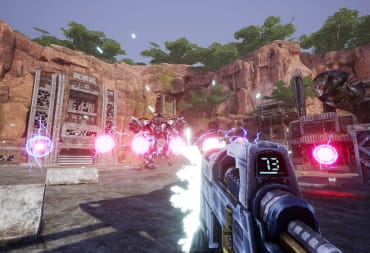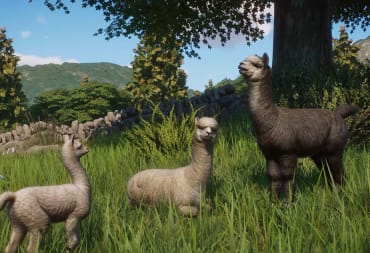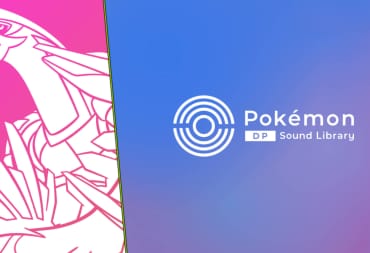That’s right, our Year of Pokemon series is back with a new captain at the helm! 2021 marks Pokemon's 25th anniversary, and we're doing a deep dive into the beloved franchise generation by generation. I’m a massive Pokemon fan and have been playing the games since I was a kid; in fact, Pokemon Blue in 1997 was the very first video game I ever played. Here at TechRaptor, I'll be covering the 25 years that led here and discussing the generational changes, development of the games, every new batch of Pokemon and a quick look to the future.
Check out our previous entries on Generation I, Generation II, and Generation III.
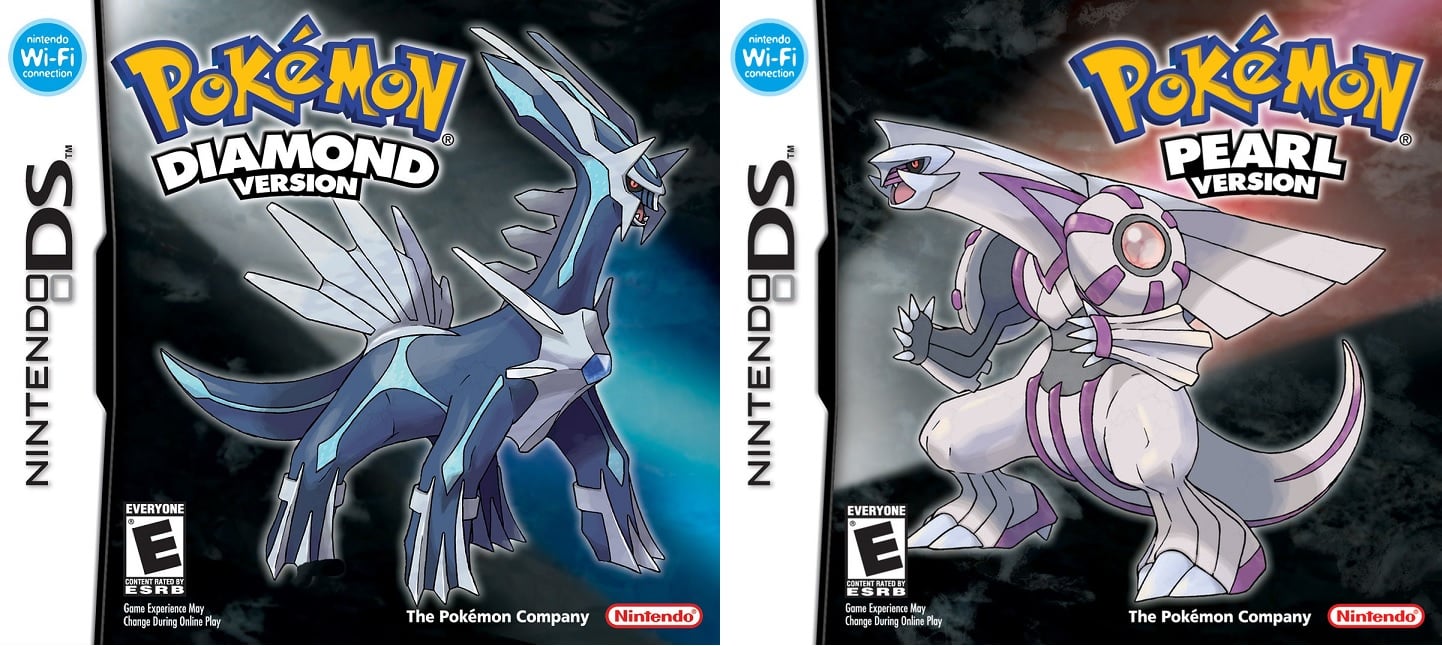
Pokemon Diamond and Pearl hit at a very specific time in history alongside something that changed everything: social media. The children of the early '90s, the main demographic for Pokemon nostalgia, were starting to grow up, and we had finally discovered the internet. In 2007, we were talking with our friends on MySpace, exploring the early stages of YouTube, hanging out on video game forums like NeoGaf or ResetEra or even Serebii that were just starting to find their footing.
I specifically was on the forums for Mugglenet.com, a Harry Potter fansite, every single day. Point is, teenagers had discovered the internet and what it had to offer. We had discovered there was a way to network with others who shared our interests, including those interests that we felt too childlike to admit to our friends. And it’s with that backdrop that we dive into Pokemon Diamond and Pearl.
Changes from Generation III
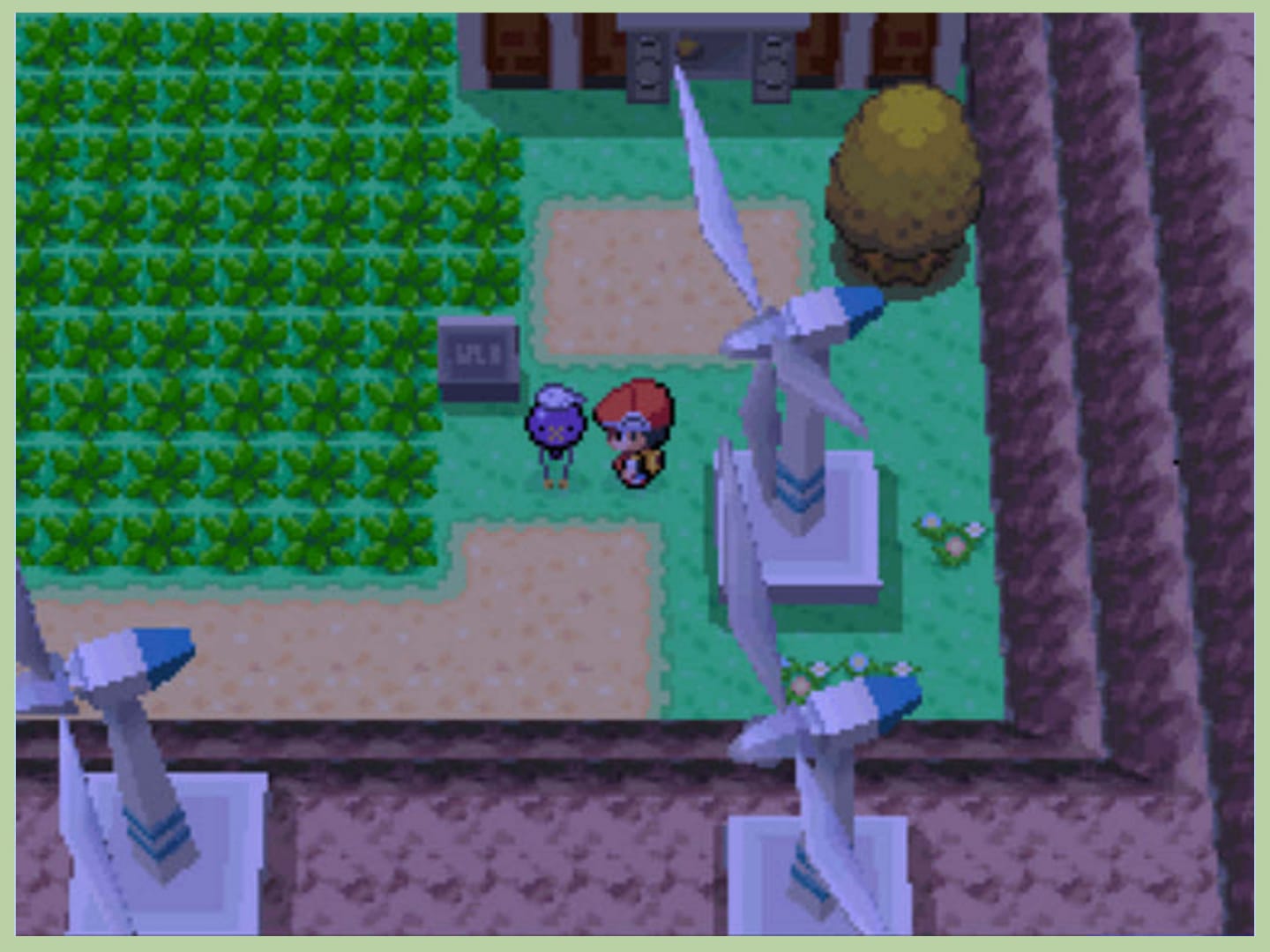
The graphics are the most front-facing and apparent update from Generation III. Although the pixel art has been refined and the resolution raised from what the Game Boy Advance could accomplish, the real standout is the creation of 3D buildings. Rather than flat sprites against a flat background, landscape features and buildings featured 3D parallax scrolling for the first time, and you could actually see the different sides of the building as you walked around them (albeit still from a top down view). Battle scenes were a little more involved, with a lot more movement and more individual sprites for each Pokemon.
To a more discerning fan however, the real shakeup was the splitting of physical and special moves. Up until this point, all moves of each type were lumped into the same group. Physical attacks depend on your Pokemon’s ATK and DEF stats, while special attacks depend on SPA and SPD, so a physical attacking Medicham or a special attacking Steelix was essentially impossible up to this point. For example, all bug or steel type attacks were physical, while all psychic and water attacks were special. Starting in Diamond and Pearl, we made the immeasurably important jump to moves being classified on an individual basis as special, physical, or status. Fire Punch was physical, Shadow Ball was special, and all was right with the world.
Another gargantuan feature with the move to the Nintendo DS was online trading and battling. This is why the games’ release coinciding with the rise of social media is so, so crucial. Players took to the forums to find trading partners around the world, and no longer were you just SOL if your younger sister didn’t want to trade you her Nuzleaf because you lost her bicycle helmet.
The online battling system also began the still-thriving competitive battling scene. Players began to get into the nitty gritty aspects of the RPG stuff, figuring out how EVs and IVs worked and which Pokemon builds were the best. Smogon.com appeared, and a new esport was born. On a massive scale, Pokemon continued doing what it had always done best: bringing people together. The significance of these connections growing from “other kids who went to your school” to “the whole world” cannot be understated.

Dozens of quality-of-life improvements helped to update Pokemon for the modern age of the Nintendo DS. Backpacks had unlimited space; male and female Pokemon had slightly different designs; a dynamic real-time day/night cycle with music changes and events dependent on both the time of day and day of the week; expansion of the PC storage boxes to hold 540 Pokemon; several new types of Pokeballs; new contest mechanics; online secret bases in the form of the Underground; running inside buildings; and of course, the triumphant return of the Battle Frontier.
While the 3D overworld is impressive, the game still looks and runs largely the same as Ruby and Sapphire. The underlying mechanics, especially the physical/special split, are the real story here, and mechanically I’d venture to say that this is the second-biggest generational jump in the franchise after Gen I to Gen II. Minor quality-of-life improvements graced the follow-up Pokemon Platinum, and in 2010 we were blessed with the indomitable last games of Generation IV, Pokemon HeartGold and SoulSilver.
HeartGold and SoulSilver are the apex of the Pokemon franchise, and I do not say that lightly. While the Generation II remakes enjoyed all the aforementioned upgrades, they additionally featured the much-missed feature of having your partner Pokemon follow you around the overworld. While being possibly one of the most popular features in all of the franchise, follower Pokemon would strangely only appear twice more, in Let’s Go Pikachu and Eevee and Sword and Shield’s second DLC, The Crown Tundra.
Apricorns made a triumphant return, bringing Pokeball crafting back and the miserly Kurt out of retirement. The Flat Battle system for competitive was launched, running an algorithm to proportionally decrease the level of Pokemon over 50 back down to 50 during competitive battles; this feature would go on to become a mainstay of the series. A dynamic (but still not manually controlled) camera guided you through the 3D overworld now, and your character runs everywhere by default now. With these features and the return to both Johto and Kanto in HeartGold and SoulSilver, it’s hard to believe the series will ever reach those heights again. But we can hope.
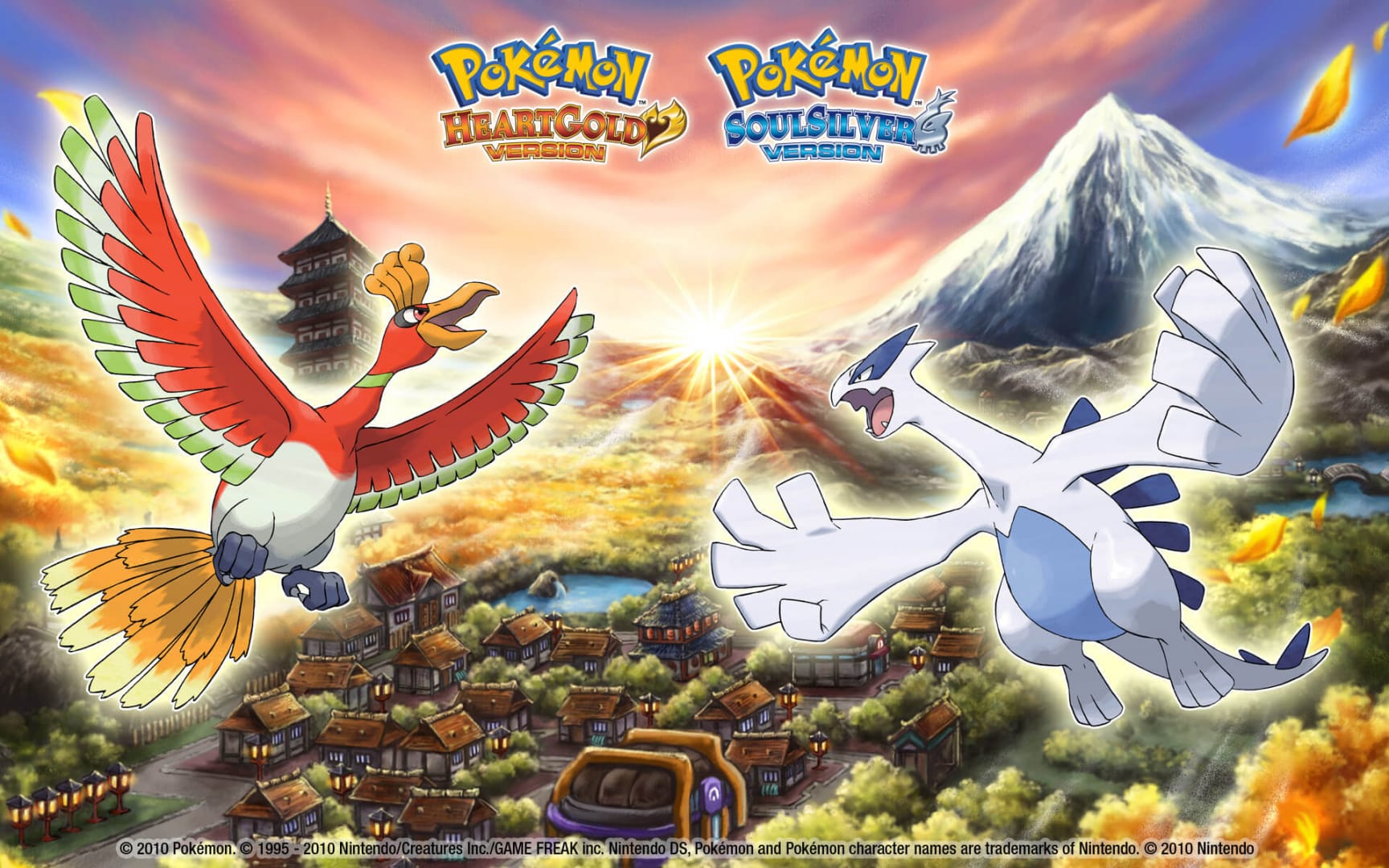
The Story
I say this in the most loving way possible, but calling what the first three generations of Pokemon had provided a “story” at all was generous. That trend continues into Diamond and Pearl, and it isn’t until Generation V with Black and White that we have what I would call a bona fide narrative. For now, a young boy or girl sets off with a new starter Pokemon from another small village to follow their dreams of becoming a Pokemon master.
I suppose the main focus here is the new evil team, Team Galactic. Despite how dumb some of the evil teams are, Team Galactic sticks with me as one of the more obtuse. They want to take over the universe and change it to be… different? It’s not explained well. Cyrus as a leader has not stuck with me. Even less memorable than Archie and Maxie from Team Aqua and Magma respectively, he and his goons in Team Galactic are just cookie-cutter bad guys. Which is fine, for a kid’s game. Encouraged, even.
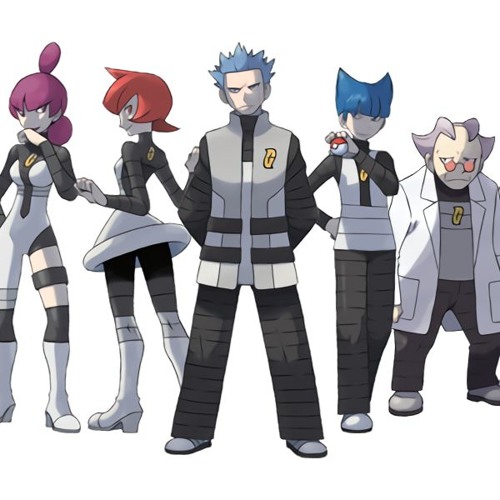
Things in Generation IV only really heat up in the exclusive postgame of Platinum, when the player heads to the Distortion World (see: Hell) with the help of Looker (Doctor Who) and Cynthia (the Sinnoh Champion) to stop the destruction of the space-time continuum. In a last push to save the Universe, the motley crew of heroes captures Giratina to prevent the end of time itself and pull Cyrus back from the Distortion World. It’s a cool little addition that adds a sense of finality to the game; teaming up with your rival to stop the end of everything at the hands of the Dragon King, a fallen angle to contrast Arceus’s divine light.
As an adult I think it hits even harder; I haven’t played Platinum before now, and as I’ve trampled through the faintly familiar world each night for the last few weeks, I’ve come to take some greater meaning from what I’m doing than what the game provides. Giratina’s roots as a Biblical figure (with its two forms being the Beast of the Sea and the Beast of the Earth) hint at some greater purpose beneath the surface of this children’s game, and I eagerly anticipate discovering it.
The Pokemon
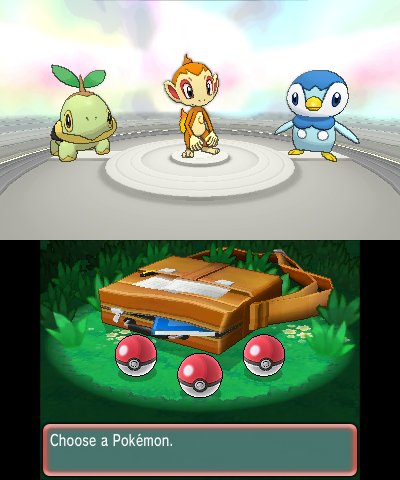
To my tastes, this was the last truly all-around great group of starter Pokemon. While none of them have felt actively bad to me, save for Oshawatt (sorry Oshawatt stans), something about these three brave young warriors (Piplup, Turtwig, and Chimchar) captures the adventuring spirit. I consistently point to Torterra as an example of great imagination; even as a kid it reminded me of the Dragon Turtles as seen in Avatar: The Last Airbender, and as an adult the concept of the earth rising up to slowly form a sturdy, determined tortoise seems tonally appropriate. And I cannot stress how cute Piplup is. We love penguins. What’s not to love?
Generation IV also delivered us the largest batch of evolutions of existing Pokemon. Some, like Magmar, got a new evolution in the form of Magmortar; some, like Mr. Mime, got a new baby form in Mime Jr.; Roselia really lucked out and managed to pull both, becoming the middle stage of a three-part evolution from Budew to Roserade.
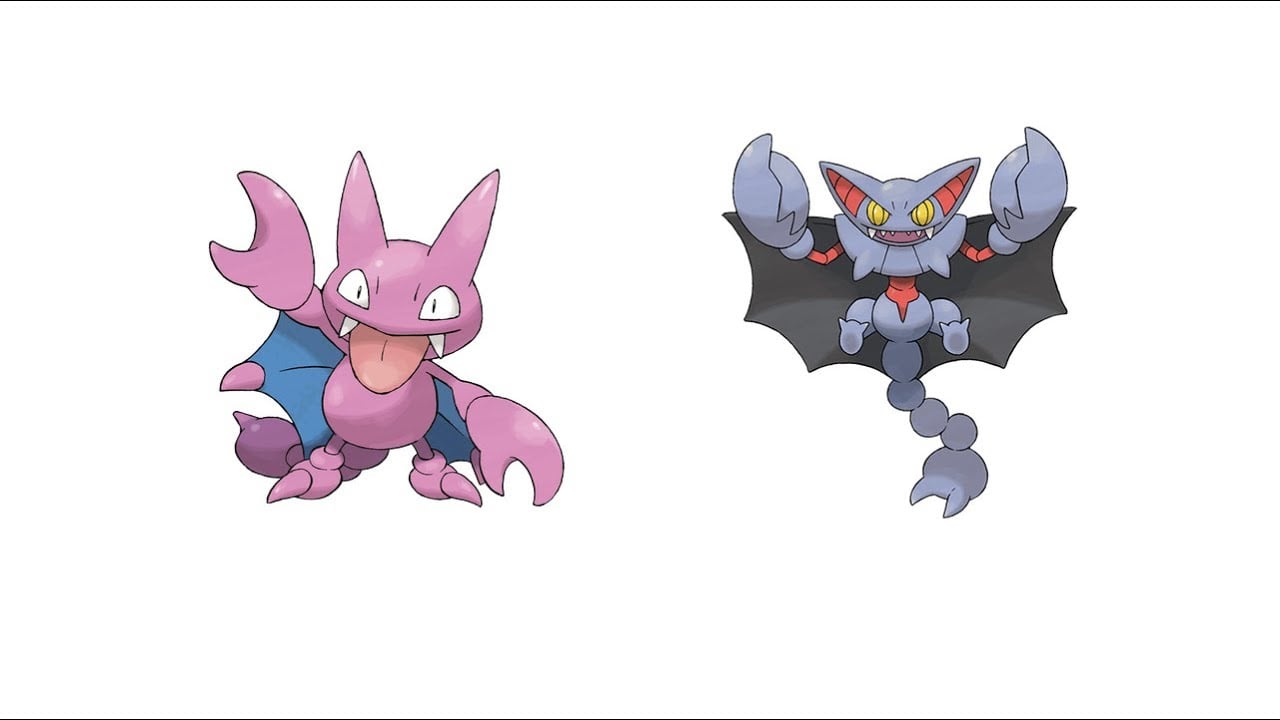
At the time, new evolutions like Tangrowth and Magnezone were off-putting. I’m not sure what it is about the baby forms, but it was a lot easier to accept Pichu into my heart than Rhyperior. Over time, I think they’ve folded into the general Pokemon universe easily, and it’s easy to forget that Electabuzz didn’t always evolve into Electivire. Evolution conditions were very weird, like level up Lickitung while it knows Rollout to get Lickilicky. This seems to have been a transitional time for Pokemon, securing that there would be a mixture of new monsters going forward while also catering to new forms of old ones.
Generation IV saw the birth of some all-time fan favorites like Abomasnow, Garchomp, Froslass, Lucario, and, of course, the noble Bidoof; but it’s also where my favorite Pokemon of all time, Drifblim, made its first appearance. Drifblim floats around fields disguised as a hot air balloon and when kids grab hold, they’re dragged straight to hell. How metal is that? Regardless, while there are a few stinkers among the group (the unbelievably boring Bunneary comes to mind), cool new forms like Dusknoir more than picked up the slack.
The Future
It’s all but confirmed that Diamond and Pearl remakes are on the way in 2021. Generation IV marked an important time for development in younger millennials, as we departed from childhood and had to make a conscious decision to go against the grain and continue to love what we loved. For the older millennials, it’s perhaps the time they had children and experienced it through them. And for many zoomers out there, this was where their journeys to becoming a Pokemon Master started. The journey back to generation IV will be more nostalgic than any previous remakes, and although I’m hesitant after Sword and Shield ,I look forward to seeing what Game Freak has to offer this time.
Have a tip, or want to point out something we missed? Leave a Comment or e-mail us at tips@techraptor.net
